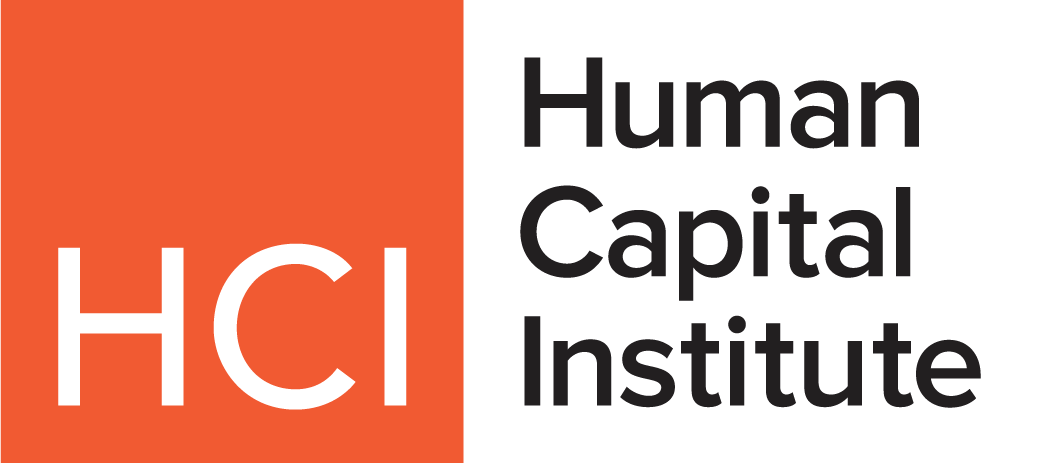Managers are not just feeling the pressure in workplaces across the country; they are cracking under it. Burnout is not something you throw a few PTO days at and hope for the best, and it’s certainly not an individual failing. It’s a business-critical workforce crisis with systemic roots; one that organizations can’t afford to ignore.
According to Forrester’s Q1 2025 Mental Health Benefits survey, 65% of employees report being just as stressed, or more stressed, than they were five years ago. While managers are the workforce’s first line of defense, more than half of them say they’re burned out, too. Those experiencing exhaustion are twice as likely to quit, according to Microsoft research.
Let that sink in. These are the people tasked with sustaining morale, driving performance, and navigating nonstop change. If they’re running on fumes, the fallout spreads fast: absenteeism spikes, productivity nosedives, and attrition escalates.
A sad twist is that 70% of employees say their manager influences their mental health more than their therapist or doctor. It’s tempting to point the finger at to-do lists or back-to-back meetings. But contemporary behavioral research reveals deeper drivers: chronic stressors like overwhelming workload, lack of control, misaligned values, and inadequate recognition. Add macro stressors like global instability or social unrest, and you’ve got a perfect storm for emotional exhaustion.
Yet too often, companies treat burnout like a personal problem with personal solutions—mindfulness apps, yoga, a sprinkle of “wellness Wednesdays” on your workday calendar. These efforts may offer brief relief, but they miss the bigger picture.
True resilience—the kind that protects your people and your performance—starts with systemic change.
The “Oxygen Mask” Rule of Leadership
There’s a familiar metaphor that rings especially true in leadership: Put your own oxygen mask on first.
If you’re a manager gasping for air, you can’t support anyone else. And this isn’t about being selfish. It’s about sustainability. The first step toward effective leadership is recognizing when you’re not at your best. Maybe your energy is low, your patience is thinner, or your work is slipping. Self-awareness is critical.
So is recovery. But you don’t bounce from burnout to brilliance overnight. Recovery is messy and it’s deeply personal. It might mean therapy, exercise, reconnecting with meaningful habits, or simply setting healthier boundaries. And recovery doesn’t have to be grand. Sometimes, it’s just getting back to basics: eating right, sleeping enough, or finally carving out time for that long-forgotten hobby.
This is the foundation of resilience. Not an Instagrammable morning routine, but the slow, consistent work of refueling your own tank.
Systemic Change Starts with Organizational Will
So, what can organizations actually do? Quite a bit, if they’re willing to move beyond lip service.
1. Diagnose the system, not just the symptoms.
Use pulse surveys and manager check-ins to uncover systemic friction points. Is the workload reasonable? Are goals clear? Are teams operating with autonomy, or under constant surveillance?
Burnout shows up in subtle ways, before it explodes, through cynicism, disengagement, lower productivity, and more. Catch it early, and your chances of reversing it improve dramatically.
2. Redesign work for humans, not machines.
Flexibility. Equity. Autonomy. These aren’t perks; they’re prerequisites. Train managers not just to lead but to lead with emotional intelligence. Leaders must be equipped to recognize changes in their team’s behavior and respond with empathy, not just efficiency.
And don’t forget to celebrate your managers. Too often, they absorb emotional labor with little acknowledgment. Recognizing their efforts, especially when they model healthy, burnout-reducing behaviors, reinforces the culture you want to build.
3. Support across the mental health spectrum.
Managers need more than motivational quotes. They need access to real support: coaching, peer groups, and clinical care. Only 21% of managers feel confident in supporting their team’s mental health. That’s a leadership gap worth closing with targeted training and real investment.
Importantly, emotional intelligence (EQ) has to be both a feel-good trait and a business multiplier. Managers with high EQ are better at coaching, navigating conflict, and unlocking their teams’ full potential.
4. Prioritize purpose and meaning.
Burnout doesn’t always stem from sheer busyness. Sometimes, the deeper culprit is disconnection, or feeling stuck in repetitive tasks, uninspired by goals, or uncertain about impact. When work lacks meaning, motivation drains away. That’s when disengagement creeps in, often disguised as burnout.
Help your managers reconnect to the “why.” Align their work with the organization’s mission. Give them opportunities for growth. Purpose isn’t fluffy, it’s fuel.
5. Think short-term relief, long-term change.
Mental health days and focus weeks help lighten the load. But they’re just the entry point. Long-term, your organization must embed well-being into its DNA through policies, leadership behaviors, performance expectations, and resource allocation.
This is how you move from reactive fixes to a proactive strategy.
Recovery Is an Organizational Skillset
Let’s take a step back for one second. Avoiding burnout is important. There’s no debating about that. But it’s an entirely new and important step in building a culture that performs better because people feel better. A culture where managers are equipped and energized, and not just expected to be everyday superheroes without support.
Investing in mental health isn’t just an act of compassion. It’s a strategic move that impacts engagement, retention, innovation, and bottom-line results.
The companies that win in the long term won’t be the ones that squeeze the most out of their managers. They’ll be the ones who support them best. Because when your managers thrive, your people thrive. And when your people thrive, your business does too.
Karishma Patel Buford is Chief People Officer at Spring Health.




